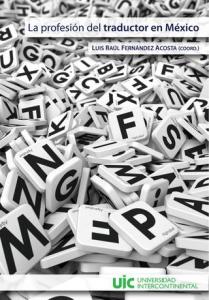
Towards a cartography of literary translation in Europe – Petra, 2012
In September 2008, the appeal for More than one language was launched at the conference on Multilingualism in Paris. It was a call for a broad view of literary translation and for the establishment of a large-scale European programme for literary translating and translators.
Several months later, in April 2009, José Manuel Barroso, the President of the European Commission, expressed the wish that the practice of translation should be upgraded. This was during the Literary Translation and Culture symposium organised by the European Commission’s Multilingualism and Culture Commissions in Brussels.
This challenge is being taken up by the PETRA project (European Platform for Literary Translation). Its aim is to promote and support literary translation and translators, and wants to bring about a change for the better. To this end, PETRA will not only address European political decision-makers, but also national policy-makers.
PETRA is a joint venture by the Passa Porta International House of Literature (Brussels), the Polish Book Institute (Cracow), the Literarisches Colloquium Berlin, the Slovakian Translators’ Association (Bratislava) and Transeuropéennes (Paris). PETRA combines the expertise of at least 50 organisations in more than 30 countries. Eleven of them have enrolled as associate partners. The European Commission acknowledges the added European value of PETRA. The EACEA (Education, Audiovisual and Culture Executive Agency) has incorporated PETRA into its Cultural Programme.







